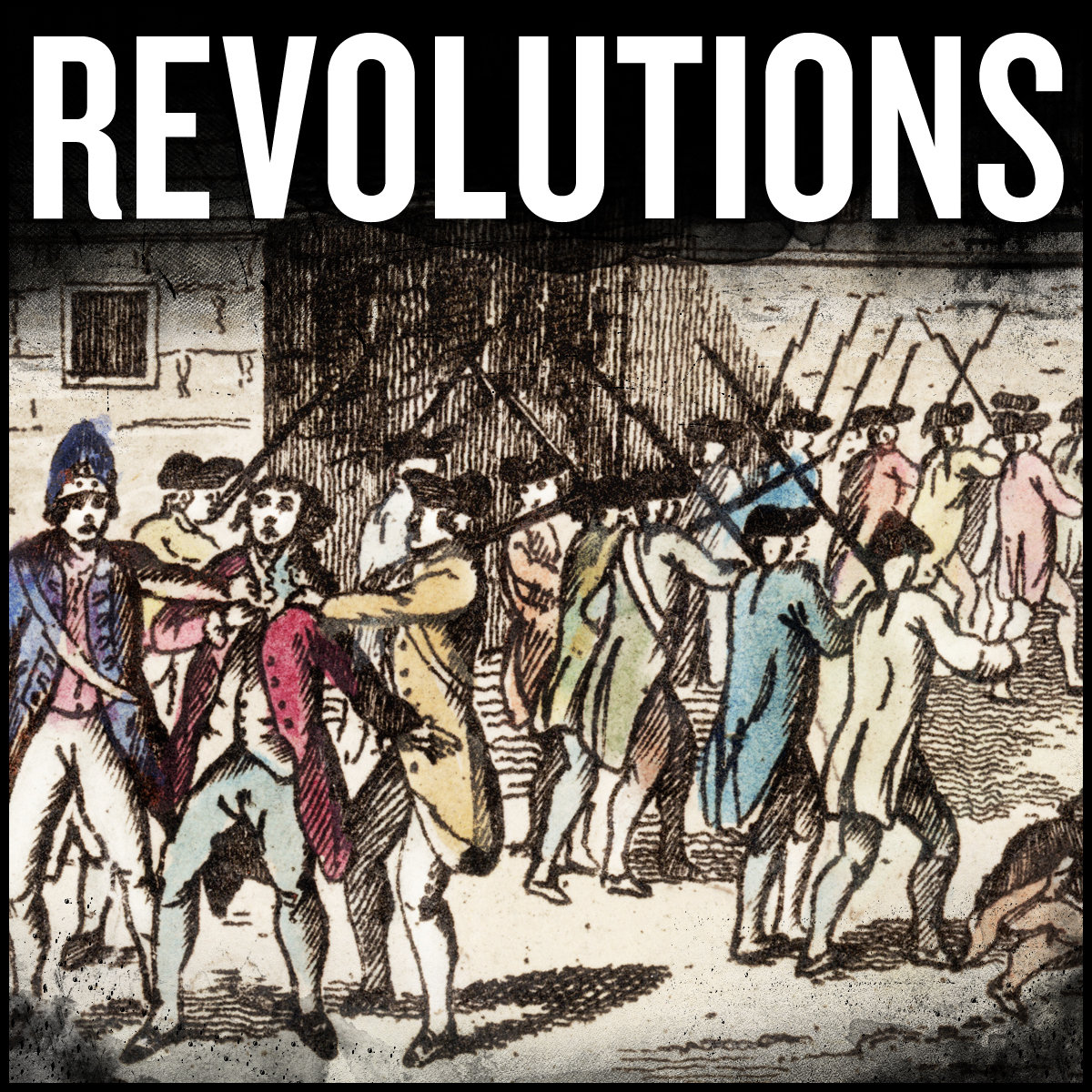
Door Key
I find myself drawn to the more social side of history than dates or battles. While I do think dates and battles are important, I find questions like ‘When did Catherine of Aragon realize she'd lost Henry VIII’s love to Anne Boleyn?’ or ‘Just what exactly was Aaron Burr's deal?’ to be what really fascinates me about history. This is the lens that I view history from on the Door Key Podcast (and the accompanying Substack newsletter) because I'm a dork with a deep love of history who wants to talk about it.
https://doorkey.substack.com/
Door Key
Helen Keller
I would love to hear from you - click here to send Door Key a written message!
This episode discusses the life of Helen Keller. Born in 1880, Helen was left blind and deaf from an illness at 19 months old. She overcame great challenges with the help of her devoted teacher, Anne Sullivan. From groundbreaking achievements like becoming the first blind-deaf person to earn a BA degree to her impactful advocacy work, Helen's legacy is both inspiring and enduring. Helen Keller was a remarkable person who made significant contributions to society, and her story is truly inspiring!
☕️ Production & marketing assistance: Coffeelike Media,
https://www.coffeelikemedia.com/
Subscribe to the Door Key Substack newsletter FREE and paid options:
https://doorkey.substack.com/
Follow Door Key on Social Media:
- Facebook: https://www.facebook.com/groups/1040108179952433
- Instagram: https://instagram.com/doorkeypod
- Threads: @doorkeypod
- LinkedIn: http://www.linkedin.com/in/doorkeypod
- Email: doorkeypod@gmail.com
Support Door Key:
- Become a paid subscriber on the Door Key Substack newsletter: https://doorkey.substack.com/
- Buy me a cup of coffee: https://www.buymeacoffee.com/doorkeypod
- Make a donation via PayPal: https://paypal.me/Doorkeypod?country.x=US&locale.x=en_US
- use our Buzzsprout affiliate link to host your podcast on this platform
Helen Keller
I’m going to start this episode with some quick housekeeping. There are some exciting things going on with Door Key’s Substack right now. We’re currently watching and discussing the first season of the show The Tudors, which is a really fun show. I’ve even made BINGO cards so that people can play along while we watch the show: Henry throws a tantrum? Square filled! Jousting? Square filled! You get the idea! I’ll be sending a Tudors-themed prize to the winner of this fun BINGO game! Another fun feature I’ve added to the Substack is The Burn Book. Once a month, I’ll post about someone in history who I consider to be a villain, Burn Book style. So be sure to subscribe at doorkey.substack.com so you don’t miss out on anything!
Hello everyone! A question I get asked a lot is how I come up with ideas for episodes. The truth is that I get inspiration for episodes from all different places, from something that’s interested me since I was a child, to an offside tidbit I see while researching a different topic, to suggestions I get from listeners (which I always appreciate – please keep those coming!) … and more! But there’s a very specific origin story to this particular episode: I was minding my own business online, when I saw an article saying that there are many people who don’t believe that Helen Keller was a real person, that she was made up. I was like what??! I know I can get silly here on this podcast at times, but I like to think that it’s still pretty clear that I take history seriously, and so I have to draw the line at real history being denied … I just don’t understand and can’t abide this Helen Keller trutherism. I don’t even know if that’s a term, but I hope you know what I mean. So please trust me when I say that Helen Keller was an actual person … she existed. And I’m going to tell her story today.
Helen Keller was born on June 27, 1880 in Tuscumbia, Alabama. Her father was named Arthur, her mother was named Catherine. Helen had 4 siblings – two older half-brothers, and two younger full siblings – a sister and a brother. Her family lived on a homestead called Ivy Green that Helen’s paternal grandfather had built decades earlier.
Helen's father was editor of the Tuscumbia newspaper North Alabamian. He also served as a captain in the Confederate Army during the American Civil War. Helen’s maternal grandmother was the daughter of a Confederate general.
When Helen was 19 months old, she got sick. Really sick. The exact illness isn’t known. When I learned about Helen in school as a child, I was taught that the illness she’d had was Scarlet Fever, but it’s now thought that it could have possibly been meningitidis. The good news is that whatever this illness was, Helen survived it. The bad news is that the illness left her permanently blind and deaf. Helen would later describe this in her autobiography as quote ‘as sea in a dense fog’.
As someone who went blind and deaf at 19 months old, Helen had difficulties communicating. She was able to communicate a little bit with the family cook’s daughter, and by the time she was seven, she had more than 60 home signs that she used to communicate with her family, and she could tell people apart by the vibration of their footsteps. That’s better than nothing, but it’s not much. As this point in her life, Helen’s described as being ‘wild and unruly’. She would often scream, hit, and kick out of frustration and anger. I know that sounds terrible, but … I can’t imagine only being able to take in your surroundings and communicate in such a limited way as a child. So yes, Helen was a handful when she was young, but she gets a pass on that from me.
In 1886, Helen's mother Catherine read the travelogue American Notes by Charles Dickens. American Notes has an account in it of a blind and deaf woman named Laura Bridgman who was successfully educated. Helen was soon taken to see a doctor in Baltimore who was an eye, ear, nose, and throat specialist. This doctor referred the Kellers to Alexander Graham Bell (yes, that Alexander Graham Bell) who was working with deaf children at the time. Bell in turn advised the Kellers to contact the Perkins Institute for the Blind in South Boston, which is where Laura Bridgman from American Notes had gone to school.
The school's director asked a woman named Anne Sullivan to be Helen’s teacher. Anne was a visually impaired 20-year-old who was a former student at the school. This would be the beginning of a 50-year-long friendship between Helen and Anne. Anne would be Helen’s governess, and then her companion. Anne arrived at Helen's house on March 5, 1887 – a day Helen would remember as quote ‘my soul's birthday’ unquote.
Anne immediately began to teach Helen to communicate by spelling words into her hand. Anne started with ‘d-o-l-l’ for the doll that she had brought Helen as a present. However, due to losing her sight and hearing before she was old enough to really develop language, Helen struggled with this. She didn’t understand that every object had a word identifying it. Anne tried to teach Helen the word for "mug", and Helen became so frustrated that she broke the mug. There are many accounts of Helen before Anne arrived at Ivy Green, and … well, like I said, Helen was often very frustrated and angry, which, again … I can only imagine how hard and frustrating it would be to be seven years old and not be able to communicate. Honestly, just the thought gives me anxiety, but she lived it.
Helen later remembered how she soon began imitating Anne’s hand gestures spelling out words: ‘I did not know that I was spelling a word or even that words existed. I was simply making my fingers go in monkey-like imitation.’
But the next month Helen made a breakthrough! Anne was running water over her hand while spelling out the word ‘water’ into her other hand, and Helen realized that these motions symbolized the idea of ‘water’. Helen writes about this in her autobiography The Story of My Life: ‘I stood still, my whole attention fixed upon the motions of her fingers. Suddenly I felt a misty consciousness as of something forgotten—a thrill of returning thought; and somehow the mystery of language was revealed to me. I knew then that w-a-t-e-r meant the wonderful cool something that was flowing over my hand. The living word awakened my soul, gave it light, hope, set it free!’ I think the story of this ‘a-ha moment’ is absolutely beautiful, and Helen quickly ran around demanding that Anne sign the names of all the other familiar objects around her, which I also think is beautiful. Helen’s entire world was opened up to her. This would definitely be one of my ‘if I had a time machine, and could go back to just watch it happen’ moments! Although, knowing me, I would probably give by presence away by bursting into tears.
Helen and Anne made so much progress together that by May of 1888, Helen was able to start attending the Perkins Institute for the Blind. Then in 1893, Helen went to William Wade House and Finishing School accompanied by Anne. Then in 1894, Helen and Anne moved to New York to attend the Wright-Humason School for the Deaf, and to learn at the Horace Mann School for the Deaf. In 1896 Helen and Anne went to The Cambridge School for Young Ladies, and then the Radcliffe College of Harvard University in 1900. The famous author Mark Twain became friends with Helen, and he introduced Helen to Standard Oil magnate Henry Huttleston Rogers. Henry and his wife Abbie paid for Helen’s education. Then in 1904, Helen graduated as a member of Phi Beta Kappa from Radcliffe, which made her the first blind and deaf person to earn a Bachelor of Arts degree. She was 24 years old.
Helen learned to speak, and would give speeches and lectures about her life. She learned to ‘hear’ people's speech using the Tadoma method, which is using fingers to feel the lips and throat of a speaker. She also became proficient at using braille and using fingerspelling to communicate. She also experienced music that was played close to her by feeling its vibration.
Anne Sullivan got married to a man named John Macy in 1905. John, Anne, and Helen would live together in Queens. Helen worked for the American Foundation for the Blind.
Something that I learned while doing research for this episode was that Helen wrote an article in 1907 where she said that many cases of childhood blindness could be prevented by washing the eyes of every newborn baby with a disinfectant solution. At the time, only a few doctors and midwives were doing this. Thanks to Helen's advocacy, this commonsense public health measure was swiftly and widely adopted. This is still being done today, although in a more modern sense: now antibiotic eye drops or ointment are placed in a newborn's eyes after birth to protect them from bacterial eye infections that can occur during birth. Thanks Helen!
Helen also had romance in her life. When she was in her 30s, she met a reporter from the Boston Herald named Peter Fagan. Anne was ill, so he was sent to Helen’s home to act as her private secretary, and would fingerspell into her hands. The two fell in love, and became secretly engaged. This sounds lovely, but … Anne and the Kellers didn’t approve of this relationship. In the book Helen Keller: Selected Writings, historian Kim E. Nielsen writes that the Kellers ‘vigorously squashed the relationship with forced midnight train trips out of town, an angry and gun-waving brother, and drama worthy of a bad novel’. Nielsen goes on to write that Anne Sullivan and the Kellers ‘felt adamantly that marriage and childbearing were not options for a deaf-blind woman’.
This is all so sad to me, but at that time, that kind of attitude was common. In fact, at that time, in many states of the US, disabled women weren’t permitted to marry and have children. Helen gave in to her family and Anne’s disapproval of her marrying Fagan. Helen would write about this in her memoir ‘Midstream’: ‘I corresponded with the young man for several months but my love-dream was shattered.’ This makes me so sad.
Anne Sullivan was Helen’s most famous companion and she stayed with Helen long after she taught her. But Anne wasn’t Helen’s only companion. Anne’s health started failing around 1914, and a woman named Polly Thomson was hired to help out, and would eventually become a constant companion to Helen.
Helen would become a world-famous speaker and author. She was also an advocate for people with disabilities and other causes. She was a suffragist, pacifist, birth control supporter, and an opponent of Woodrow Wilson and what she felt was his quote ‘hypocritical war machine’. In 1915, she and George A. Kessler founded the Helen Keller International organization, which is devoted to research in vision, health, and nutrition.
In 1920, Helen helped to found the American Civil Liberties Union. She traveled to over 40 countries with Anne. Helen met every U.S. president from Grover Cleveland to Lyndon B. Johnson. She was friends with many famous figures, including Alexander Graham Bell, Charlie Chaplin, and Mark Twain.
As inspiring as Helen and her story is, she did have some views that were controversial. She supported eugenics for the disabled, and in 1915, she wrote in favor of refusing life-saving medical procedures to infants with severe mental impairments or physical deformities, saying that their lives were not worthwhile and they would likely become criminals. Helen also expressed concerns about human overpopulation. While these views unfortunately weren’t *un*common at the time, I have to admit that it’s difficult for me to reconcile them with the Helen Keller I’ve been talking about, the super-progressive woman who was one of the founders of the ACLU. All I can say is that people are complicated, and that I’d like to think that she’d feel differently about eugenics for the disabled if she had the benefit of modern perspective. It’s been said that Helen eventually quote ‘moved away’ from those views, which good. She seems to have changed her views by 1938, when she publicly argued for the life of a blind baby, declaring that the baby still had a chance to have quote ‘vision more precious than sight’ and that the truly disabled were those who had quote ‘eyes of ignorance.’ There we go Helen, that’s better!
Anne Sullivan died in 1936 from a heart attack. Helen was holding her hand. After Anne’s death, Helen and Polly Thomson moved to Connecticut. They traveled worldwide and raised funds for the blind. Polly had a stroke in 1957 and died in 1960. A nurse named Winnie Corbally stayed on after Polly’s death and was Helen's companion for the rest of her life.
All in all, Helen wrote a total of 12 published books and several articles. I won’t list them all here, but they were mostly about her life.
Helen had a series of strokes in 1961 and spent the last years of her life at her home.
In 1964, President Lyndon B. Johnson awarded Helen the Presidential Medal of Freedom. In 1965 she was elected to the National Women's Hall of Fame at the New York World's Fair.
Helen Keller died in her sleep on June 1, 1968, at her home in Easton, Connecticut. She was 87. Her body was cremated, and her ashes were buried at the Washington National Cathedral next to Anne Sullivan and Polly Thomson.
And that’s the story of Helen Keller. I can’t lie, I’m in absolute awe of everything she overcame. It would be a lot to overcome today, but the thought that she did it in the late 1800s and early 1900s makes it even more of an achievement. She overcame great adversity. Now, I think it’s important to recognize that Helen came from a wealthy family, and had extreme privilege because of that. I don’t think she would have been able to do most of what she did without that privilege. However, it’s to Helen’s credit that she recognized that privilege. She would write ‘I owed my success partly to the advantages of my birth and environment. I have learned that the power to rise is not within the reach of everyone.’ I also think it goes without saying that Anne Sullivan was also an impressive person, and the two made such a fantastic team, that I wonder if Helen would have reached such heights with any other teacher.
But the main takeaway I want you to have from this episode is this: Helen Keller existed. She was a real person. There are even photos of her, as well as video footage. I’ll be putting pictures and video on the pod’s social media and Substack, so be sure to keep an eye out for that!
Helen was given many honors since her death:
She was inducted into the Alabama Women's Hall of Fame in 1971.
In 1973, she was inducted into the National Women's Hall of Fame.
A stamp was issued in 1980 by the US Postal Service depicting Helen and Anne to mark the centennial of Helen’s birth. That year her birth was also recognized by a presidential proclamation from President Jimmy Carter.
Pennsylvania annually celebrates her June 27 birthday as Helen Keller Day.
In 1999, she was listed in Gallup's Most Widely Admired People of the 20th century, and was named one of Time magazine's 100 Most Important People of the 20th Century.
In 2003, Alabama honored Helen by putting her on its state quarter. The Alabama state quarter is the only circulating U.S. coin to feature braille.
There are streets that are named after Helen in Alabama and New York. There are also streets named after her around the world: in Switzerland, Spain, Austria, Israel, Portugal, France, and Brazil.
A bronze statue of Helen was put up in Alabama in 2009.
Helen was inducted into the Alabama Writers Hall of Fame as one of its twelve inaugural inductees in 2015.
I’m going to let Helen have the last word in this episode with what is one of my favorite quotes of hers:
‘To keep on trying in spite of disappointment and failure is the only way to keep young and brave. Failures become victories if they make us wise-hearted.’
Editing and marketing assistance provided by Stephanie Fuccio of Coffeelike Media.
Biography.com / Women’s History.org / Britannica / Wikipedia
Podcasts we love
Check out these other fine podcasts recommended by us, not an algorithm.

Vulgar History: Regency Era
Vulgar History | Realm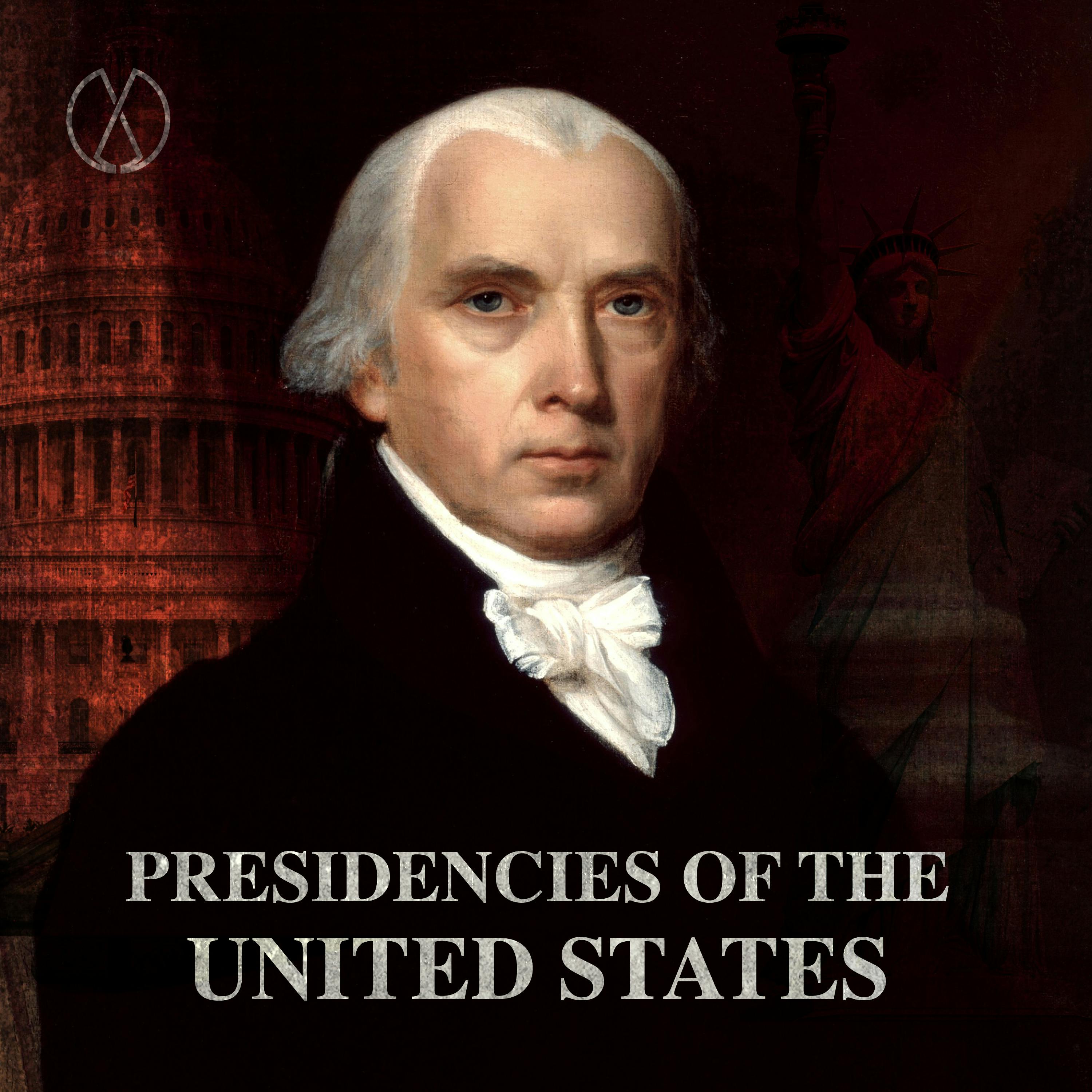
Presidencies of the United States
Evergreen Podcasts
World Herstory
Tabitha Bear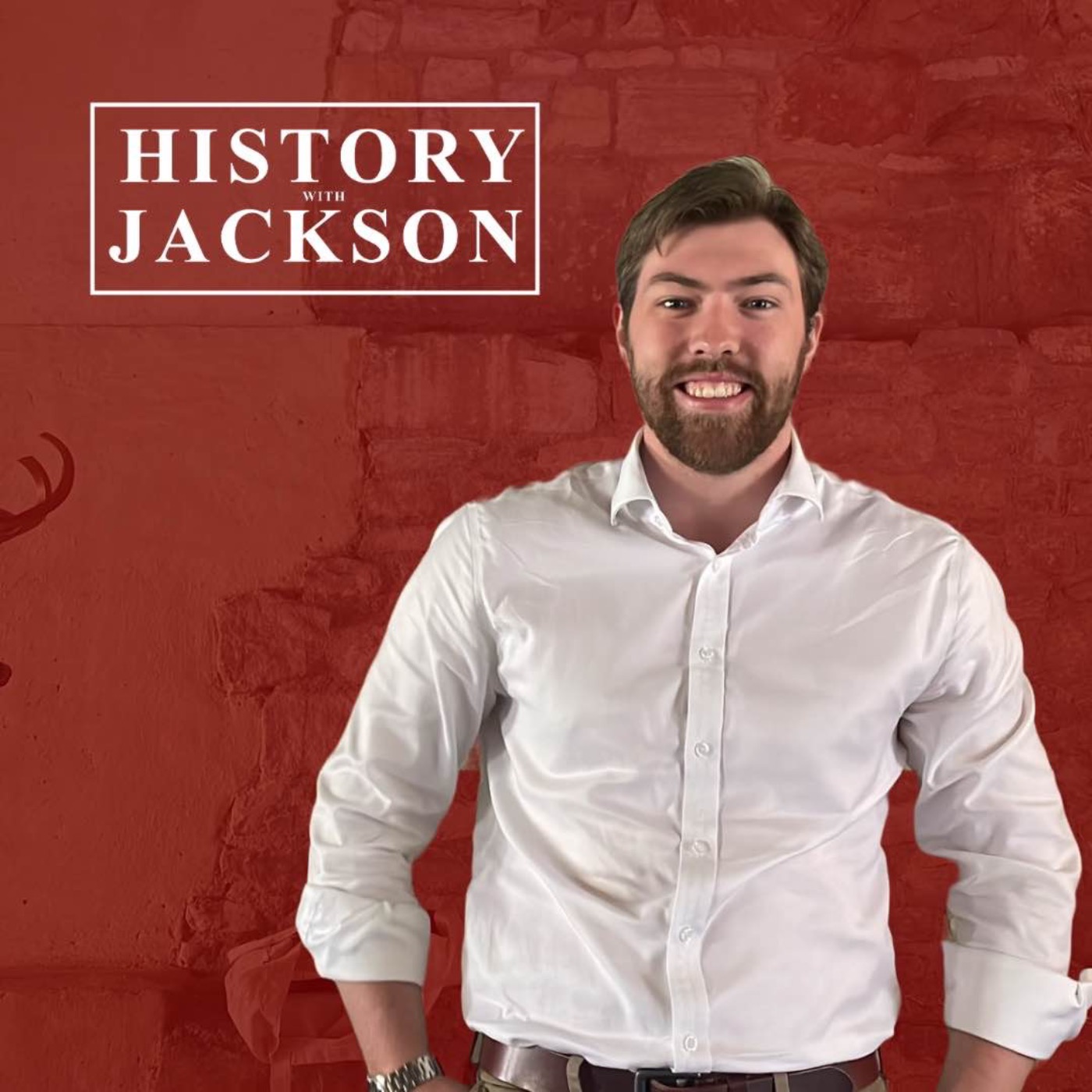
History with Jackson
History with Jackson
Civics & Coffee: A History Podcast
Alycia Asai
Deep into History
Deep into History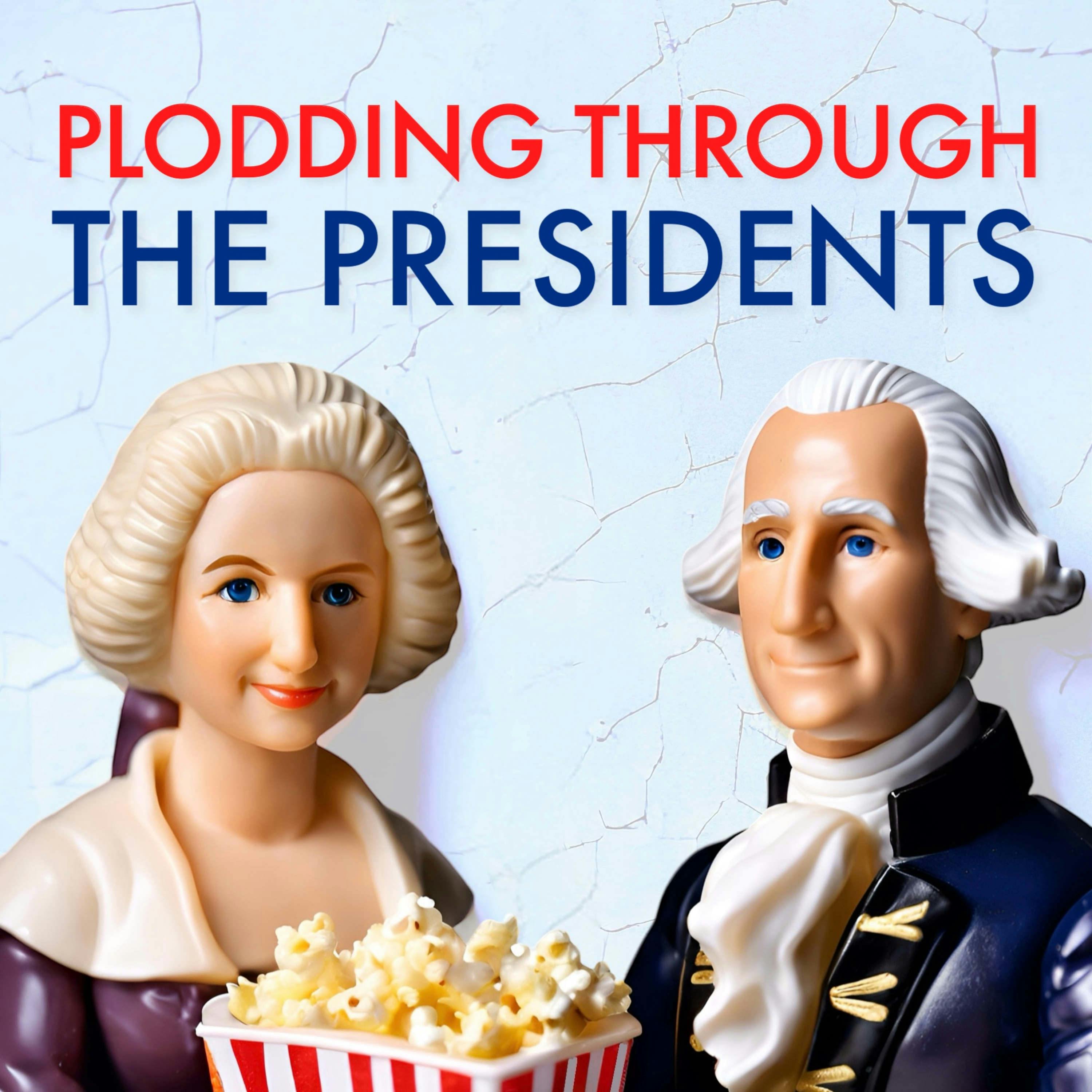
Plodding Through The Presidents
Howard & Jessica Dorre
You're Wrong About
Sarah Marshall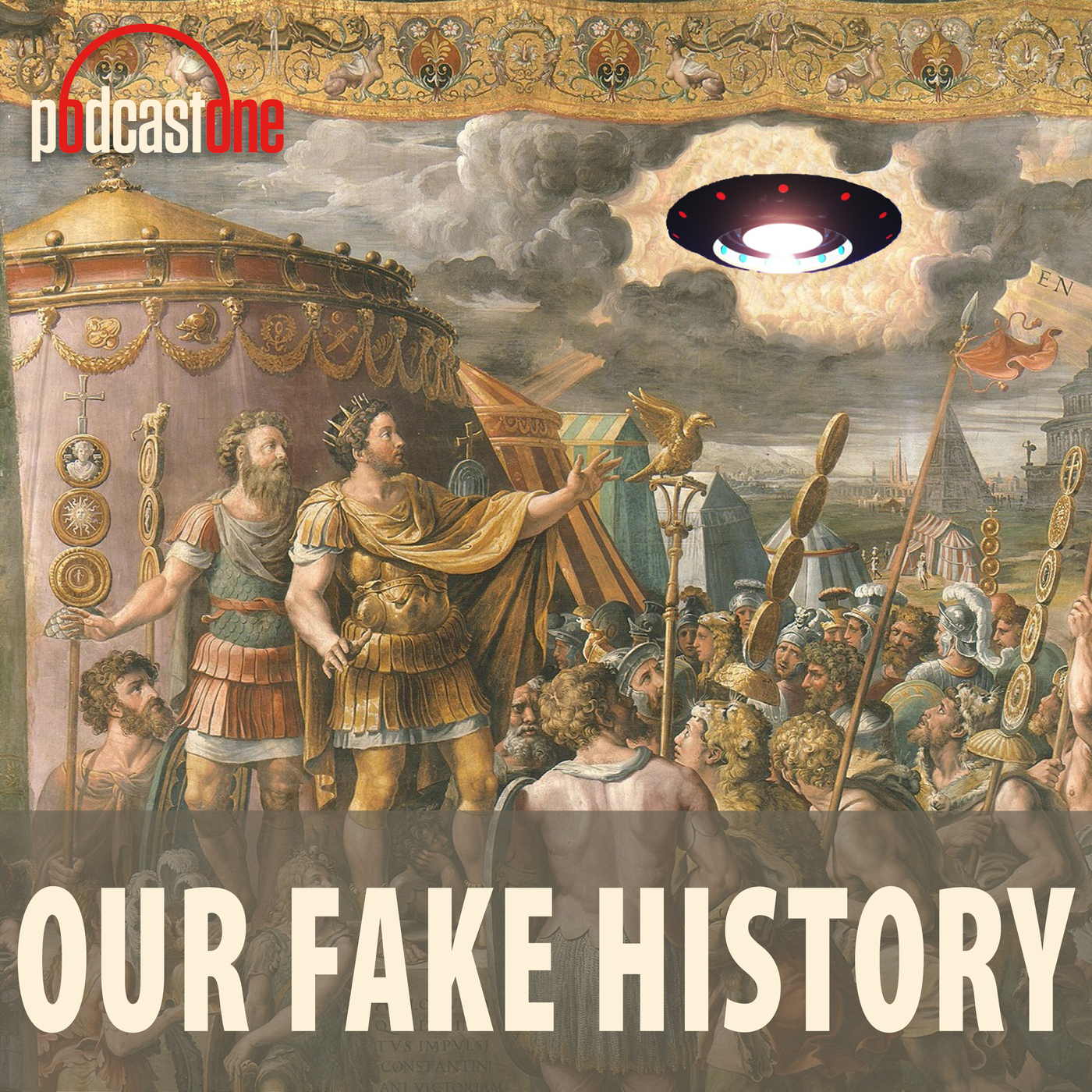
Our Fake History
PodcastOne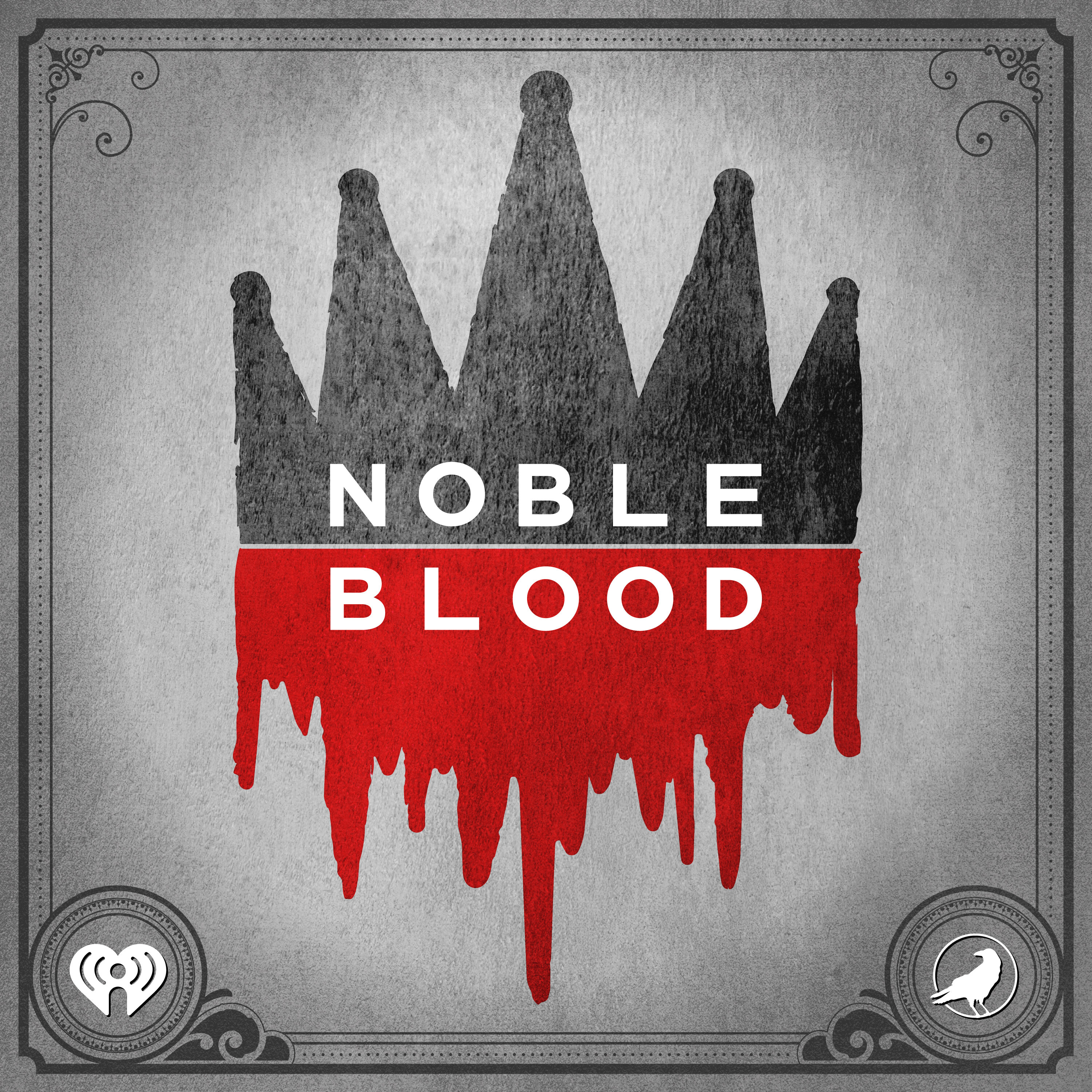
Noble Blood
iHeartPodcasts and Grim & Mild